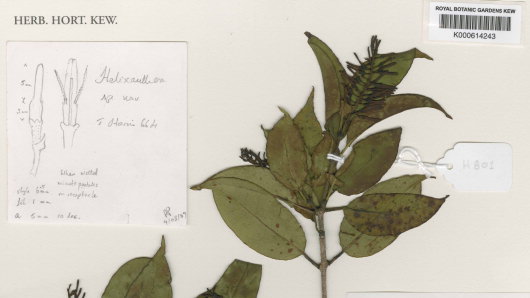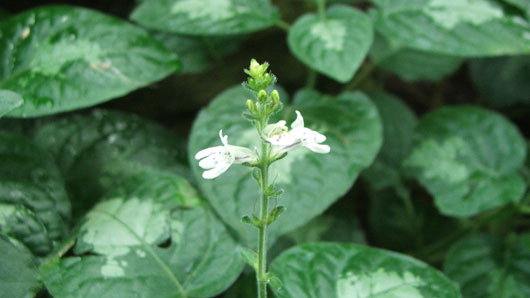Mozambique: Kew find new mistletoe from slopes of Mount Mabu
22.12.10
With just a few days to go before Christmas scientists at Kew have announced the discovery of a new species of tropical mistletoe from the remote slopes of Mount Mabu in Mozambique.
This discovery caps yet another remarkable year of new discoveries by the world famous institution in the International Year of Biodiversity. Finding new species, and rediscovering those thought to be lost, is not just about prestige and news headlines. As Professor Stephen Hopper says: "This work has never been more relevant and pressing than in the current era of global climate change and unprecedented loss of biodiversity. Without a name, plants and fungi go unrecognised, their uses unexplored, their wonders unknown."
"On average 2,000 new plant species are discovered each year, and Kew botanists, using our vast collection of over 8 million plant and fungal specimens contribute to the description of approximately 10% of these new discoveries," explained Professor Hopper.

Herbarium specimen of Helixanthera schzocalyx - a new tropical mistletoe discovered by Kew scientists - from the 'lost forest' of Mount Mabu in Mozambique. © RBG Kew
The new mistletoe was spotted by the Kew expedition’s renowned East African butterfly specialist, Colin Congdon, while the team were trekking up the mountain, on a path that took them from the moist montane forest up to where the broad granite peaks break through the dense foliage. Congdon quickly realised it was different from anything he'd seen on the mountains of neighbouring Malawi and Tanzania, and on closer inspection back at Kew it was confirmed as a new species.
Related links:
UK: Mistletoe under threat says National Trust
08.12.10
One of the UK's biggest landscape guardians - The National Trust - has warned that one of the most recognisable botanical symbols of Christmas faces an uncertain future because of the decline in traditional orchards.
IN PICTURES: New species from 2009
23.12.09
 In most years - globally - approximately 2,000 new plants make themselves known to science. One of the most prolific has to be the team at Kew who collectively discovered more than 250 new species in 2009.
In most years - globally - approximately 2,000 new plants make themselves known to science. One of the most prolific has to be the team at Kew who collectively discovered more than 250 new species in 2009.